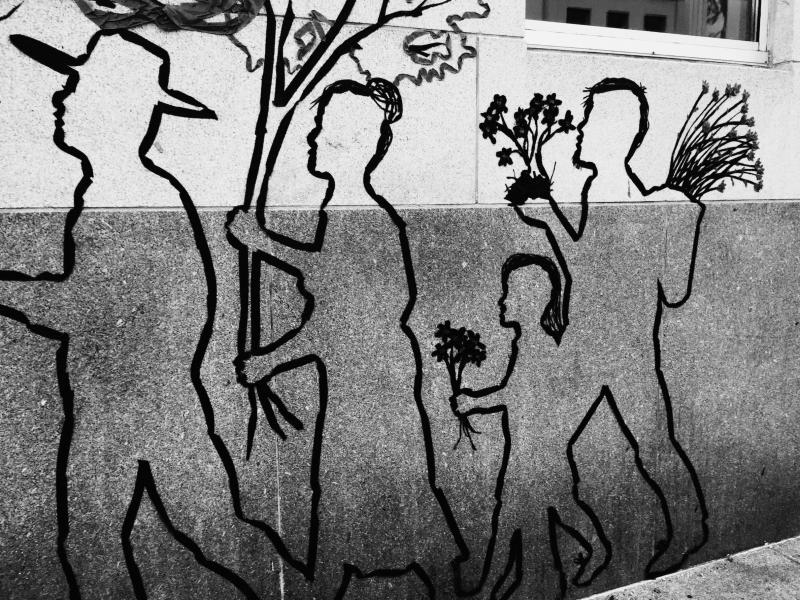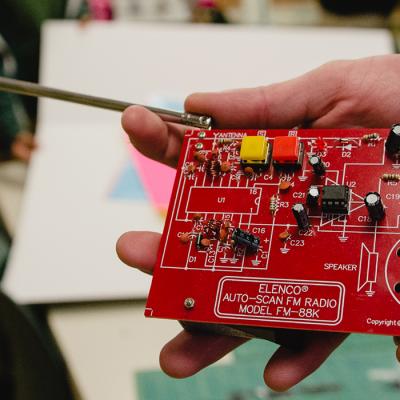This practice promotes noticing, play, and exploration. When learners have time to tinker with materials they can gain an understanding of the affordances, possibilities, and constraints inherent in a variety of making materials.

This practice promotes noticing, play, and exploration. When learners have time to tinker with materials they can gain an understanding of the affordances, possibilities, and constraints inherent in a variety of making materials.


Essa rotina encoraja os estudantes a considerarem as diversas perspectivas de quem interage em um sistema particular. O objetivo dessa rotina é ajudar os estudantes a entender no que as diversas pessoas que participam de um sistema pensam, o que sentem e com o que se importam de uma forma particular em função de sua posição no sistema.

AbD researchers describe how their use of agency “vignettes” help them gain new understandings around the concept of agency.
這個思考模式通過讓學生慢慢、細心地觀察物件和系統中的細節,鼓勵他們不止觀察物件的表面特徵,更重要的是了解其內部運作。這個思考模式可以激發學生的好奇心,鼓勵他們勇於提出問題,並且能做更深入的研究。
This routine encourages students to consider the diverse perspectives that different people within a particular system may have based on their role in the system. This routine fosters perspective taking and can help children generate new questions and/or ideas about the system, how it works, and how it might be improved.

This Learn Workbook supports engagement with the Voice and Choice protocol. Created by Julie Rains.

Educator Gus Goodwin shares how his students engage with the Agency by Design capacities during a design and engineering challenge, specifically highlighting the capacity Exploring Complexity.
Video by Alex Coppola
Featured photo by Jaime Chao Mignano

The maker movement is no doubt still trending. But what’s driving this resurgence in the inclination to make? And is it a part of a larger socio/economic shift to a shared, participatory culture?
這個思考模式通過幫助學生近距離觀察某個物品/系統的細節,考慮不同的使用者和利益相關者不同的觀點角度,以反思自己和這個物品/系統的關係來探究其中的關聯性。